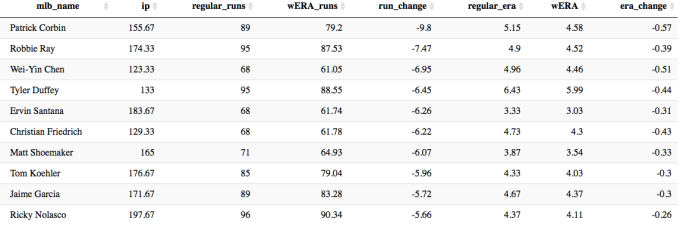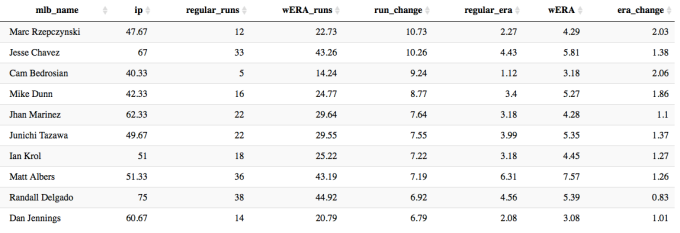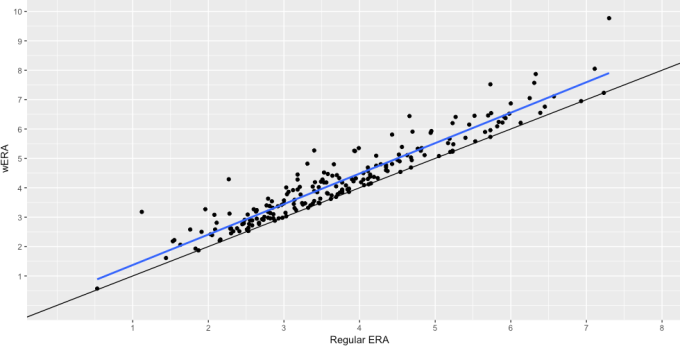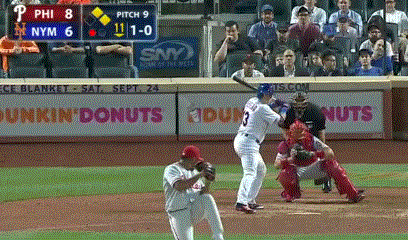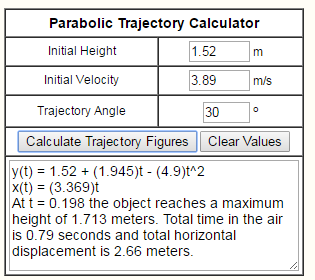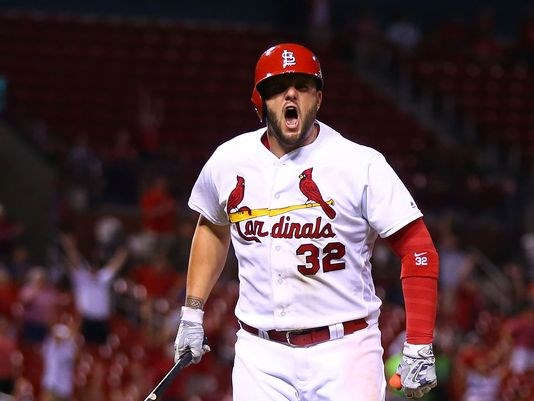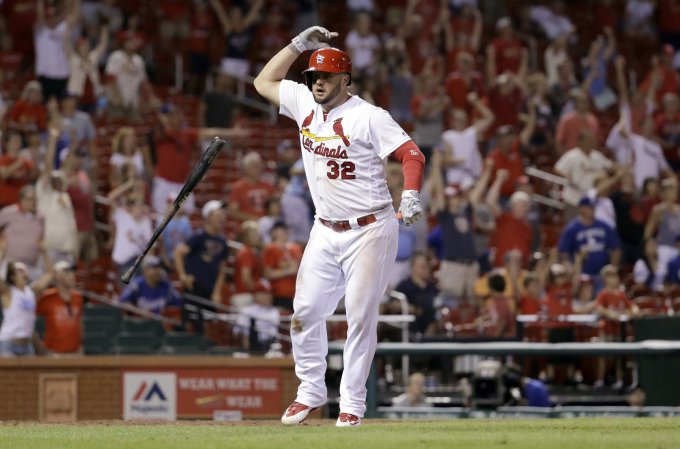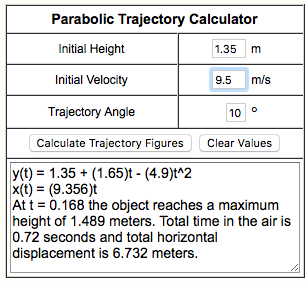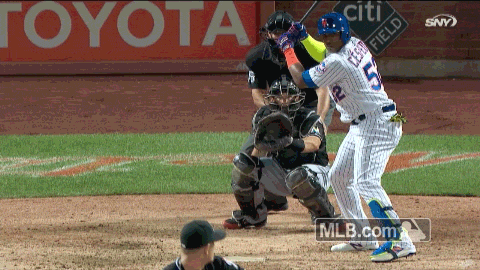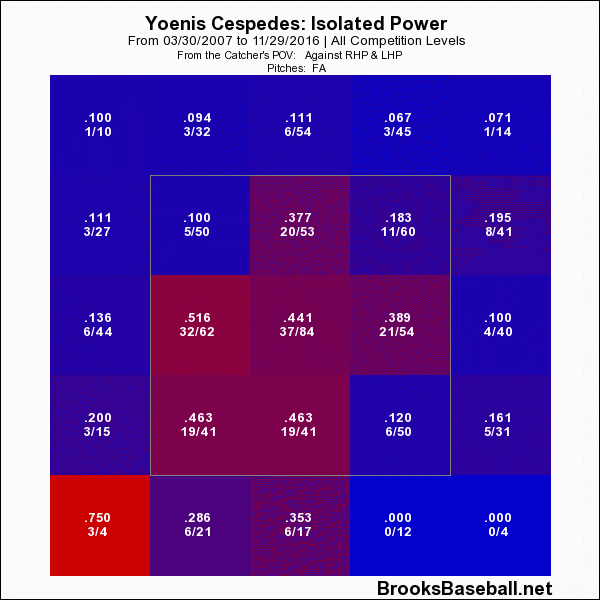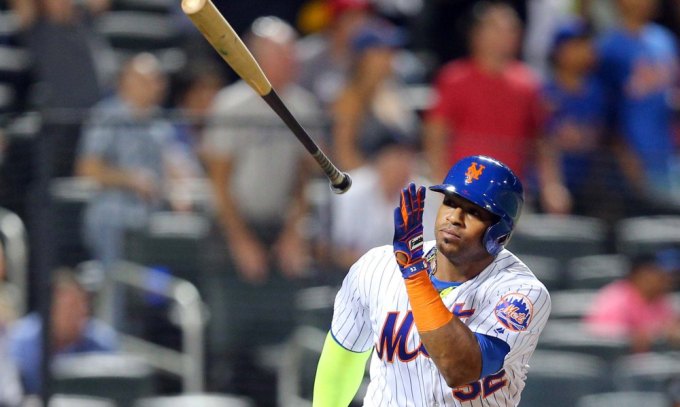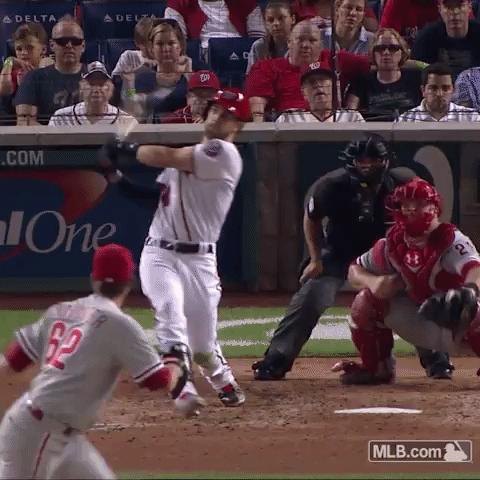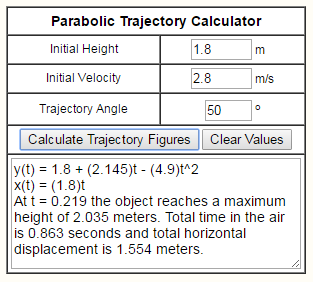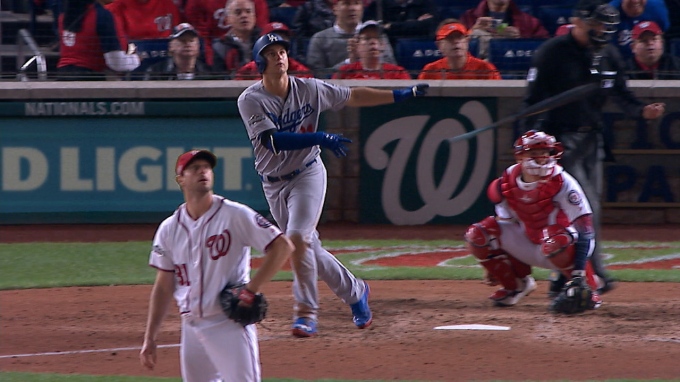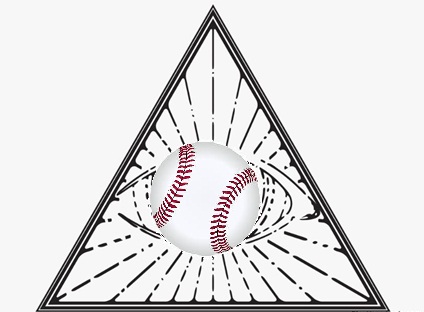Ranking the Importance of the Five Tools
A good friend of mine with whom I argue about baseball often once posed a very interesting question to me. He asked me, if I were to build a team completely devoid of one tool, which tool would I want to be missing? In the ensuing argument, I was asked to rank the tools from least to most important for team success. I put the order as arm, speed, fielding, contact, and power. It was not until later that day that it struck me just how great a question he had asked. Now, several months later, I will attempt to quantify the tools.
The rules for this study will be simple. Two teams will be assembled for each of the five tools. Each team will be considered league-average in every tool but the one for which they are being evaluated. One of the teams for each tool will be the best possible in that one area, and the other will be the worst possible. The runs lost from league-average by the worst possible team will be subtracted from the runs gained by the best possible teams. The larger the difference, the more important the tool. The teams will have one player for each position (minimum 250 PA, 450 Inn).
Note: Pitchers are not included. Losing arm does not mean losing value from pitchers.
Power
The players on the teams for power will be determined using isolated power.
Best Possible Team: C) Evan Gattis (.257); 1B) Chris Carter (.277); 2B) Ryan Schimpf (.315); 3B) Nolan Arenad0 (.275); SS) Trevor Story (.296); LF) Khris Davis (.277); CF) Yoenis Cespedes (.251); RF) Mark Trumbo (.277)
This group has a combined ISO of .276, which would put their team OPS+ at about 115.4. An average team has 6152.6 PA in a season. Using these figures, they would score 836 runs as a team, compared to the 725 of an average team.
Worst Possible Team: C) Francisco Cervelli (.058); 1B) Chris Johnson (.107); 2B) Jed Lowrie (.059); 3B) Yunel Escobar (.087); SS) Ketel Marte (.064); LF) Ben Revere (.083); CF) Ramon Flores (.056); RF) Flores
The combined ISO for this team was only .072, making the OPS+ about 87.8. Runs scored for this team would then be 636.
Difference between BPT and WPT: 200 runs
Contact
The players on the teams for contact will be determined using K%.
BPT: C) Yadier Molina (10.8); 1B) James Loney (10.1); 2B) Joe Panik (8.9); 3B) Jose Ramirez (10.0); SS) Andrelton Simmons (7.9); LF) Revere (9.1); CF) Revere; RF) Mookie Betts (11.0)
Collectively, this team would strike out in 9.7% of their plate appearances. League average in 2016 was 21.1%, meaning the BPT is 11.4% better than league average. The team would score 807 runs.
WPT: C) Jarrod Saltalamacchia (35.6); 1B) Chris Davis (32.9); 2B) Schmipf (31.8); 3B) Miguel Sano (36.0); SS) Story (31.3); LF) Ryan Raburn (31.3); CF) Byron Buxton (35.6); RF) Sano
This high swing-and-miss team would strike out in 33.9% of plate appearances. This is 12.8% higher than average. The team would score 632 runs.
Difference between BPT and WPT: 175 runs
Fielding/Arm
As it turns out, there are really not stats for exclusively measuring a fielder’s arm. Baseball-Reference has Arm Runs Saved, but that is not for infielders. Additionally, the stat I originally wanted to use for Fielding, UZR/150, is not available for catchers. To remedy both of these problems, I elected to use DRS. DRS is available for all positions, and it takes a fielder’s arm into account. Because I will not be taking values for fielding and arm on their own, fielding will receive about 60% of the total difference in the category. The remaining 40% will be attributed to arm.
BPT: C) Buster Posey (23); 1B) Anthony Rizzo (11); 2B) Ian Kinsler/Dustin Pedroia (12); 3B) Arenado (20); SS) Brandon Crawford (20); LF) Starling Marte (19); CF) Kevin Kiermaier (25); RF) Betts (32)
Kinsler and Pedroia tied for the lead at second base, so I just listed both of them. The brilliant defensive team would be 162 runs better than the average in the field. Of these, 97 will be attributed to fielding and 65 to arm.
WPT: C) Nick Hundley (-16); 1B) Joey Votto (-14); 2B) Schimpf/Daniel Murphy/Rougned Odor (-9); 3B) Danny Valencia (-18); SS) Alexei Ramirez (-20); LF) Robbie Grossman (-21); CF) Andrew McCutchen (-28); RF) J.D. Martinez (-22)
The team of these players, who look like pretty good players, would have a -148 defensive value. The value to fielding is -89 runs, and -59 for arm.
Difference between BTP and WPT (Fielding): 186 runs
Difference between BTP and WPT (Arm): 124 runs
Speed
Speed presents a problem. It is valuable on the basepaths, obviously, but it is also valuable in the field. More speed means more range. Speed Score is a stat that represents the importance of both, but it does not translate well into value. I decided to go with FanGraphs BsR, even though it does not measure speed in the field. That value can be circumvented by routes and reactions anyway.
BPT: C) Derek Norris (1.8); 1B) Wil Myers (7.8); 2B) Dee Gordon (6.2); 3B) Ramirez (8.8); SS) Xander Bogaerts (6.1); LF) Rajai Davis (10.0); CF) Billy Hamilton (12.8); RF) Betts (9.8)
This speed roster is a team that anyone would like to run out every day. It is a young and athletic team. Even so, based on speed alone, the team is just 63 runs above average. That is the lowest value above average for any BPT.
WPT: C) Molina (-8.7); 1B) Miguel Cabrera (-10.0); 2B) Pedroia (-4.5); 3B) Escobar (-5.6); SS) Erick Aybar (-3.9); LF) Yasmany Tomas (-5.5); CF) Jake Smolinski (-3.4); RF) Tomas
The lead-foot team is 47 runs below average. That is the closest to average of any WPT. Speed clearly has the least impact of the five tools. I regret not putting it last.
Difference between BPT and WPT: 110 runs
Conclusion
I will admit that I was wrong. Arm actually has some real value. My excuse, I guess, is to say that it slipped my mind that arm is important for infielders as well as outfielders. That should not have happened, and I am a little upset I made that mistake. Fielding also beat out contact, which I did not expect. I do not even have a defense for this one, as I do not know what I was thinking.
In all honesty, this post was written to win an argument. However, it does have a deeper purpose. This answers the question posed so many years ago in Moneyball. If a general manager can afford to buy players with only one tool, which tool should it be? This information is probably not new to any front office in baseball, but it is something to remember when considering small-market strategy.
Anyway, here is the official list of the five tools by importance, at least for 2017.
1. Power
2. Fielding
3. Contact
4. Arm
5. Speed



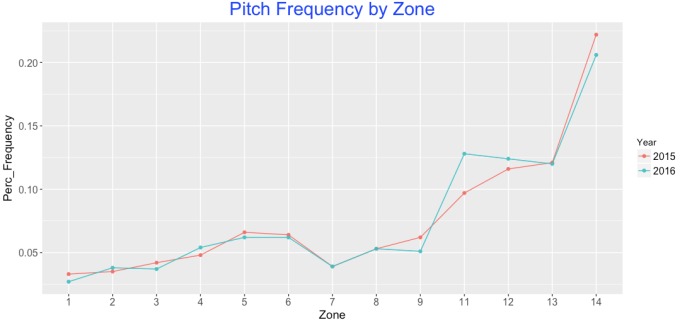
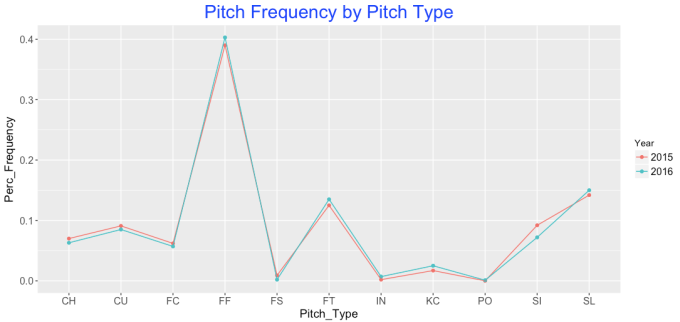
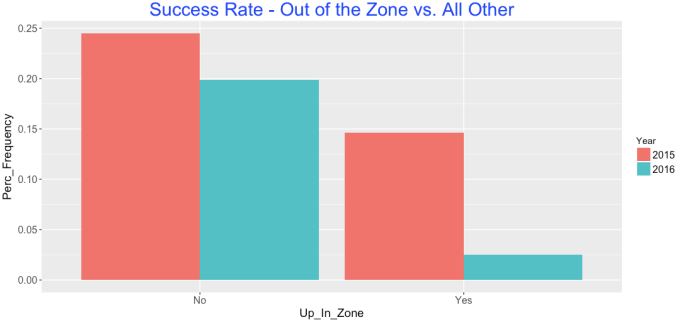


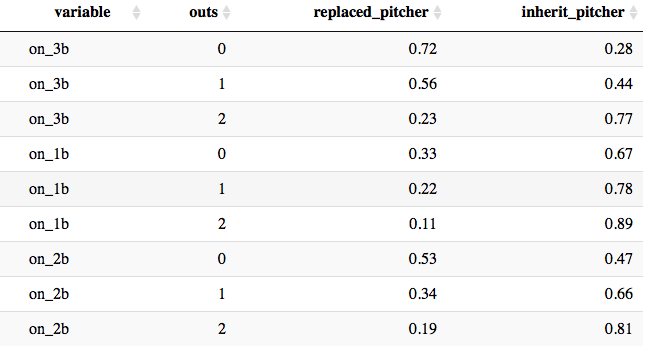 Let’s take a look at the 2016 season, and see which starting and relief pitchers would be least and most affected by this version of the ERA calculation (note: only showing starters with at least 100 IP, and relievers with over 30 IP).
Let’s take a look at the 2016 season, and see which starting and relief pitchers would be least and most affected by this version of the ERA calculation (note: only showing starters with at least 100 IP, and relievers with over 30 IP).